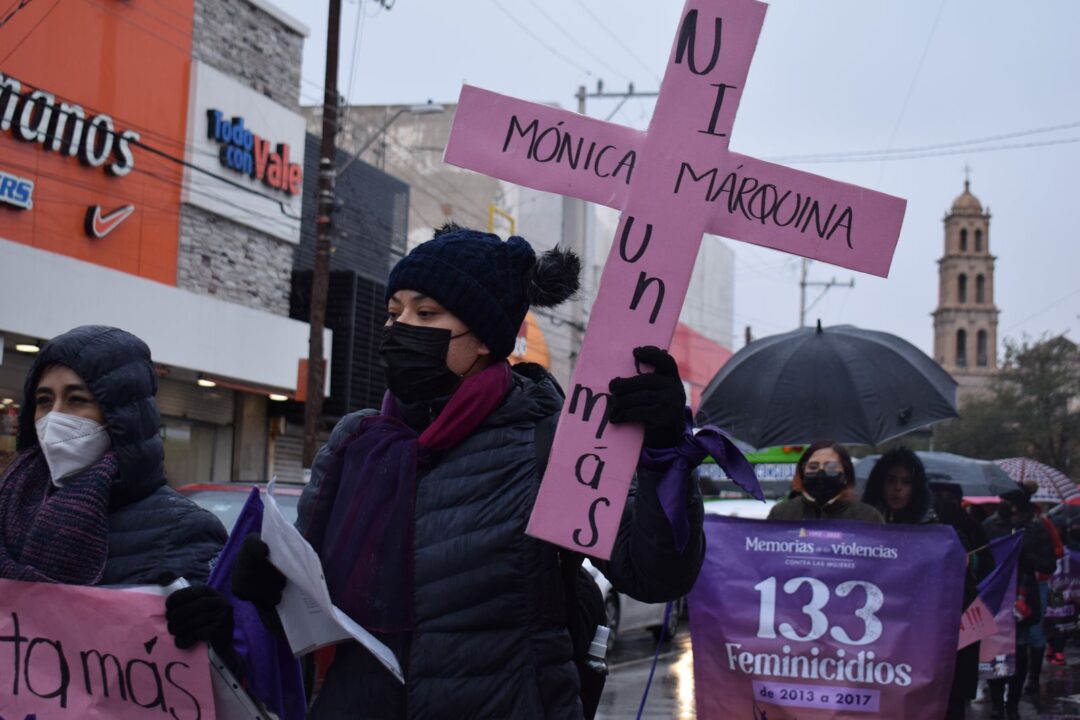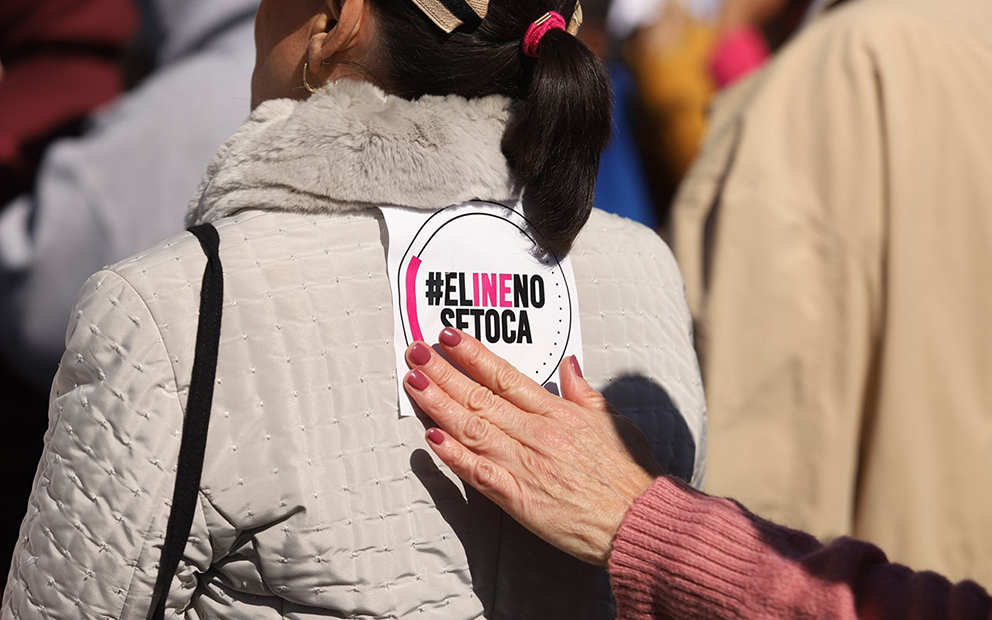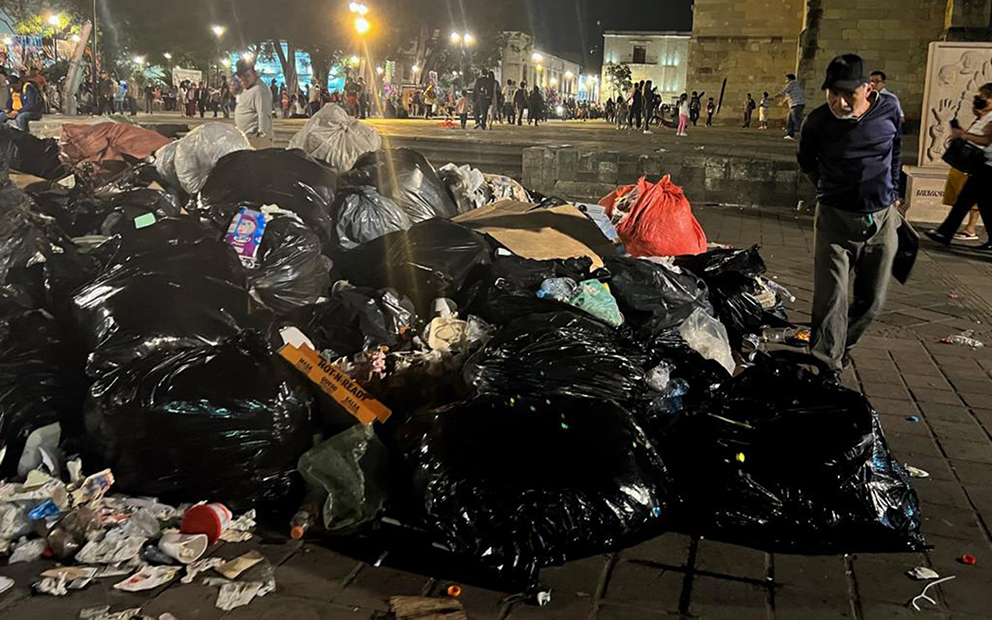The Supreme Court decided on abortion. What’s next?
17 septiembre, 2021

Women and persons capable of conceiving have the constitutional right to reproductive autonomy, and are immune to state laws forbidding abortion.
Text by Revista Espejo, originally published September 12, 2021.
Translated by Elysse DaVega
«Defending the punishment of abortion does not prevent it.»
– Joseph-Vincent Marqués
The decisions
This week, the Supreme Court of Justice of the Nation made two monumental decisions for the country and for Sinaloa. Both emanate from the idea that life is a matter of gradual protection. When Artavia Murillo and others v. Costa Rica was resolved in 2012, the Inter-American Court of Human Rights concluded: «it is unlawful to deem an embryo a person.» To be a fetus is not to be human, Marqués said– yes, the one from the epigraph. That is, we human beings didn’t arrive in this world fully formed, but through a process of gestation that transforms us. The legal protections that we receive are not absolute, but rather they are linked to the stage of life in which we are. In short, the protection of a product of gestation cannot negate women’s and other gestating people’s right to reproductive freedom.
Based on this reasoning, the Supreme Court decided that it’s unconstitutional for the law to criminalize pregnant people who voluntarily decide to terminate their pregnancy because, in the words of Justice Ríos Farjat, it unduly limits «a series of rights that women and people capable of conceiving possess; their participation in the decision to abort; their right to human dignity, autonomy, free personal development, judicial equality, and health; and reproductive autonomy and freedom.»
In short, women and persons capable of conceiving have the constitutional right to reproductive autonomy and are immune to state laws forbidding abortion.
The Supreme Court’s second decision established that it is unconstitutional for state congresses to grant the same protection to a product of conception that is granted to an already-born person, because determining the origin of a human life is outside of legal concern. In other words, equalizing the protection of both entities under law results in a rule that requires women and people capable of conceiving to carry their pregnancy to term, which obstructs the constitutional right to reproductive autonomy. This shouldn’t be seen as a prerogative to have an abortion, but rather as Justice Gutiérrez Ortiz Mena explains: «a right encompassing educational information on reproduction, opting for certain contraceptive methods, benefiting from assisted reproduction techniques, and eventual termination of a pregnancy.»
What do we do now?
The Supreme Court has decided. What’s next? Do we stand back and applaud them? Yay, good for our justices! Do we all just give them their recognition and call it a day?
Well, the Court began by stating that the declaration of criminalization of abortion as unconstitutional is obligatory for all judges in Mexico, not just those in Coahuila, whose penal code was questioned in the Plenary. Does it apply to judges in our own state, then? Yes, especially so considering that the second decision, which declared it unconstitutional to equalize protections of fetuses and already-born persons, analyzed Sinaloa’s constitution.
Do only judges have to obey the court? No. The topics decided on by the Plenary concern human rights, and according to Article 1 of Mexico’s Constitution, all authorities are required to guarantee these rights, interpreting their relative regulations in a way that favors the widest protection.
This means, for example, that the following parties should be involved:
1) The state congress; in order to reform Sinaloa’s laws that, in accordance with the Supreme Court’s parameters, may be unconstitutional.
2) The Secretaries of Health and Education, in order to create regulations that guarantee the exercise of the constitutional right to reproductive autonomy.
3) Authorities from the criminal justice system, both in the security and the justice sectors, in order to assist those previously criminalized by proceedings and criminal trials.
If we let the Court’s decisions remain in limbo, they will never become reality on the ground, where they can benefit Sinaloa’s residents. And here in the trenches is where we need them most.
This report was originally Published in Revista Espejo, which is part of the Media Alliance organized by Red de Periodistas de a Pie. You can read the original here.
Click here to sign up for Pie de Página’s bi-weekly English newsletter.
Ayúdanos a sostener un periodismo ético y responsable, que sirva para construir mejores sociedades. Patrocina una historia y forma parte de nuestra comunidad.
Dona

















